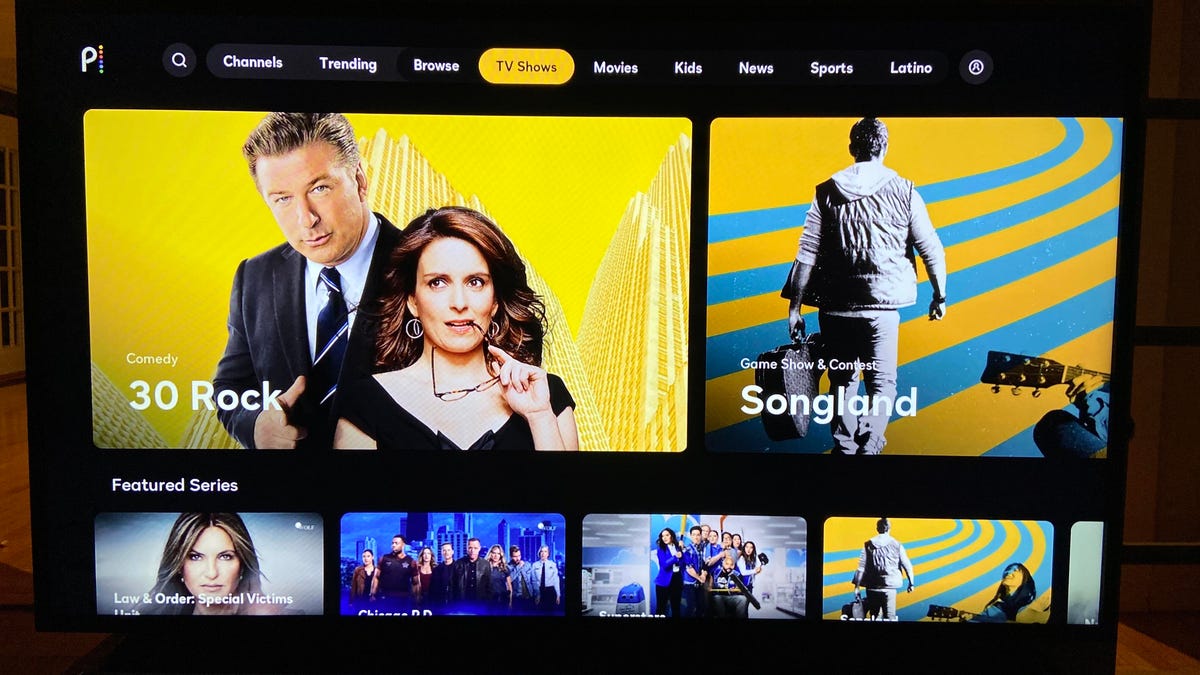
A variety of 60s-era tv shows are available to you if your taste is for the old 60s. These include the Twilight Zone, Alfred Hitchcock Presents, The Man From U.N.C.L.E., and the Munsters. Each series offers something unique to its viewers. You can also find a variety on demand.
The Twilight Zone
The Twilight Zone, a 1960s television series that explores the supernatural, is called The Twilight Zone. It is an anthology show with many guest actors. Many episodes feature performances by actors who would go on to be well-known in later years.
Alfred Hitchcock Presents
Alfred Hitchcock Presents is an NBC/CBS anthology TV series that aired from 1965 to 1955. The series features dramas, thrillers and mysteries by Alfred Hitchcock. The Alfred Hitchcock Hour was given its new name in 1960.

The Man From U.N.C.L.E.
"The Man from U.N.C.L.E." Guy Ritchie directed "The Man from the U.N.C.L.E." in 2015. It is a 2015 spy movie. It is based upon the 1964 MGM television program of the same name. It stars Tom Wilkinson and Ben Kingsley. Ritchie is determined to make this film entertaining while remaining true to the original television series.
The Munsters
"The Munsters" was an American sitcom from 1960s that featured characters loosely inspired by horror movie characters. Universal Studios, the same studio that produced the earlier horror films, produced the show. The series managed to marry horror and humour in a unique way. It also featured an all-American family.
Carol Burnett Show
The Carol Burnett Show is an iconic sitcom from 1970. It was a sketch comedy that featured a dysfunctional working class family. Later, it was turned into Mama's Family on the network (starring Jennifer Lawrence). The Carol Burnett Show ended in 1978 but stayed in syndication for many years. It was briefly revived in 1979 on the National Broadcasting Company, and then on CBS in the early 1990s.
Johnny Quest
In 1964, the ABC network ran a one-season series called "Jonny Quest." That was the era when violence was more common in television series. A man was killed in a gunfight in "The Man From UNCLE." Gunsmoke also featured the marshal of Dodge City shooting a man during its credits. JonnyQuest's series included a blended family as one of its greatest highlights. Hadji Singh's character was adopted by Dr. Benton Quest. He had a mother other than his biological mother. His protective mother, Race Bannon, was clearly his guardian.

The Andy Griffith Show
The Andy Griffith Show is a television show that was broadcast in the 1960s. It ran on CBS from October 3, 1962 to April 1, 1967 and featured eight seasons. The first seven seasons aired in black and white and the last two aired in color.
FAQ
What type of advertisement is a television?
Television is an electronic medium that transmits messages using images. It is the most watched medium in the entire world. The television industry is worth approximately $100 billion every year.
There are many different kinds of ads on television. These advertisements can be classified into two types:
-
Commercials are also known as "TV commercials", and last for 30 seconds or more.
-
Programming/Series is also known as "programming". These programs are typically 20 minutes long. However, some may be shorter.
Commercials are shown during commercial break, which is usually every half hour of programming. They can also be shown when there is no broadcast. These include infomercials, before-and-after shows, and public service announcements.
The programs are the heart of every channel. Many channels air several series each week. Some networks only show one series per day. Others will run multiple series simultaneously. Some channels have a specialization in news and movies.
Advertising on television has changed significantly since its inception. Television was used mainly for entertainment purposes in the 1950s. People would watch TV shows like I Love Lucy and Father Knows Best before heading outside to have fun with their friends. As technology progressed, so did the use of television for information. To buy a new car, someone could simply watch an advertisement to see the features available.
What is the most common commercial on TV?
The most commonly used commercials are for products people need such as food and clothing.
Advertising with real-life objects is one of the most common forms of advertising.
This could be anything. An actor could wear a shirt made for a company to show how comfortable it would feel to put a name on a vehicle.
These ads aren't always shown on television. They appear in magazines and newspapers, billboards, radio, and other media.
Sponsorship is another type of popular ad. Companies sponsor certain programs so they can promote their products.
This kind of advertising is very effective because viewers are already watching a specific program. The logos of companies will help viewers remember the name of the company even if they don't know who sponsors it. Sponsorships can be especially effective for children's TV shows since kids pay more attention to logos.
The third type of advertising is branding. Companies use branding to make themselves look good. This can be anything from giving celebrities awards to making sure everyone knows the name of your company.
Companies that wish to be well-known need to build a brand. To be well-known, you must create a memorable image.
There are many different ways that branding can be done. You can create a logo, have a spokesperson or use catchy music to brand your company.
Music is one way to make yourself known. Many people listen to songs on the radio all the time. If you write a catchy song, people may start singing it around town.
If you do this, you can get free publicity!
What is the measurement of TV ads?
Advertisers measure the effectiveness of their advertising by measuring how many people actually watch an ad. They also determine if they have reached the target market.
They use surveys to find out if viewers remember seeing the ads. If they respond yes, they are aware that they were exposed.
If they refuse to answer, they will know they weren’t exposed. This is how effective they know the ad at reaching its target markets.
Statistics
- Television is a great brand awareness tool - Almost every American has a television, with 83 percent of adults having two or more, and American households keep their televisions on for 8.1 hours each day on average. (marketingevolution.com)
- 93 percent of American adults listen to the radio over the course of the week. (marketingevolution.com)
- To get estimated costs for airing a 60-second TV commercial in different regional markets, check out the following figures in this TV ad pricing chart from the media experts at Casual Precision. (fitsmallbusiness.com)
- In fact, when the ad first launched, Dos Equis quickly became one of the fastest-growing beers, increasing its sales by over 22%. (qualitylogoproducts.com)
- Not to mention, sales rose an incredible 11% following the launch of this commercial. (qualitylogoproducts.com)
External Links
How To
What is the TV Advertising Industry?
Many companies are involved in the TV advertising industry. It's also important to ensure that the ads are relevant to the viewers and don't offend them.
The media buying company purchases the airtime from the networks. The media buying company then sells this airtime to advertisers. This is where advertisers pay for the airtime. You can buy specific timeslots or just buy the whole day.
Once the time is purchased, the media buying agency sends an advert to the network. The network then broadcasts the ad during its broadcast time.
The viewer may click the link to go to the advertiser's site if they watch the ad. The advertiser then pays the media buying agency again if the viewer clicks on the link.
This continues until your advert is complete. The media buying company receives the money from advertisers and passes it to network.
Advertising agencies create the ads and send them to the media buying company. They also manage the creative part of the campaign.
They also manage creative aspects and communicate with clients regarding the content. They also oversee the production and liaison with the clients on the budget.
They are responsible for overseeing the entire campaign and keeping track of all activities.